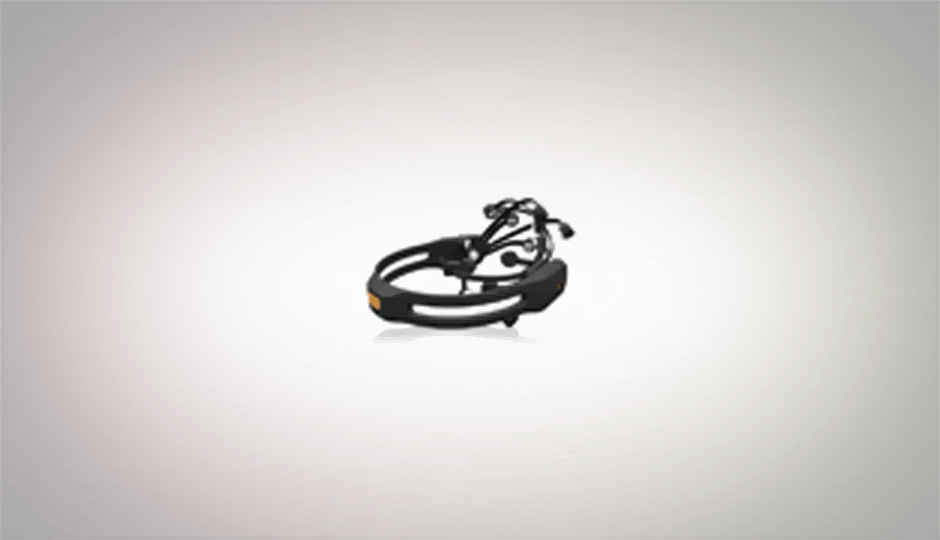Humans consciously control single neurons; dawn of brain-controlled devices imminent

Controlling computer interfaces with your brain has been a goal researchers have been working towards for some time now, and whether it was by reading brainwaves or measuring specific neuronal activity in regions of the brain, both invasive and non-invasive brain control interfaces have seen successes, even enough to allow for ‘toys’ like Mattel’s MindFlex and Uncle Milton’s Force Trainer, and an iPhone accessory like Xwave. Recent major work by UCLA and Caltech delivers fine nuances of control, down to controlling a mouse cursor, but even this is not really too new. What wasn’t suspected before is the level of control that humans have over specific single neurons in the brain…
UCLA’s and Caltech’s brain computer interface (BCI) was based around implanted electrodes… A release in Nature magazine by the team reads:
The study was conducted on 12 patients who were being treated at Ronald Reagan UCLA Medical Center for intractable epilepsy. The patients had been implanted with intracranial depth electrodes to identify seizure foci for potential surgical treatment. Electrode location was based solely on clinical criteria. The researchers, with the patients’ consent, “piggybacked” their research, using the same electrodes to record the activity of individual neurons in parts of the medial temporal lobe (MTL), a brain region that plays a major role in memory and emotion.
There have been many different attempts and successes for the field of brain computer interfaces so far, and work (both invasive and non-invasive) has helped the handicapped, paralyzed, and those suffering from neuro-degenerative diseases like Parkinson’s and Alzheimer’s. Previous attempts with implanted electrodes have also been piggybacked on consenting intractable epilepsy and other severely disabled patients and in fact, no other types of volunteers can be used.
.gif)
[RELATED_ARTICLE]What’s to be taken away from the research and back to the drawing board is the learning that humans can learn to specifically regulate the activity of certain single neurons in their brains – by increasing/decreasing their firing rate – and that the regulation of a single neuron, instead of groups of neurons or whole brainwaves is sufficient to manipulate BCI. This specific control was achieved in various tests, including the ability to manipulate an image on a computer screen using only their thoughts (i.e., specific electrical impulses), moving a mouse cursor around, or brightening an image, with close to a 70% success rate.
Things will obviously have to become less invasive, but the revelation that “individuals can rapidly, consciously and voluntarily control neurons deep inside their head” is certainly another building block in the path of prosthetics, augmentation, and other countless potential direct thought-controlled machinery, from hardware to software.
